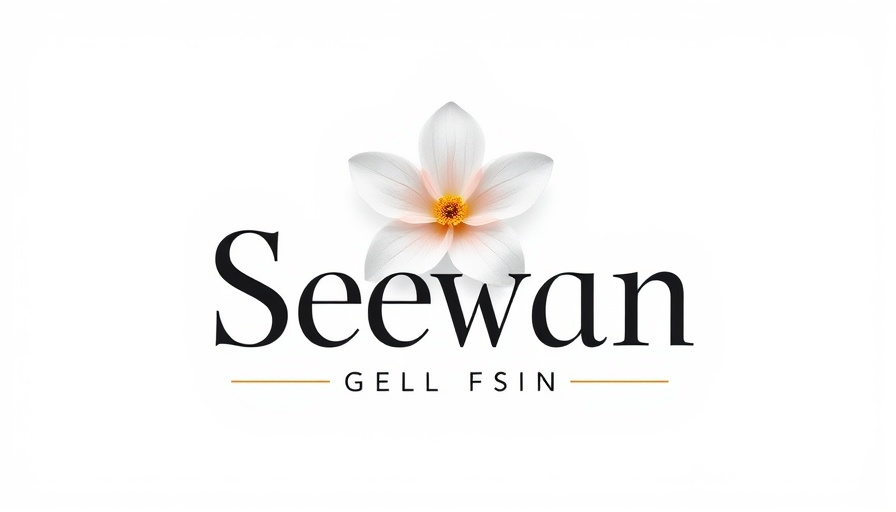
Creating the Garden of Your Dreams with Proper Hydrangea Spacing
Planning a beautiful garden can feel overwhelming, especially when it comes to the effective placement of flowering shrubs like hydrangeas. These stunning, perennial plants are not only visually captivating but also relatively low-maintenance. However, one crucial factor often overlooked by gardeners is spacing. Whether you're planting hydrangeas as a showpiece or creating a lush hedge, understanding how far apart to plant hydrangeas is essential for achieving garden success.
Why Proper Hydrangea Spacing Matters
When planting hydrangeas, the biggest mistake is often overcrowding. Hydrangeas require space to grow fully and thrive. Here are four key reasons why opting for proper spacing is vital:
- Resource Competition: Plants planted too closely will compete for sunlight, water, and nutrients. This can stunt their growth and flowering potential.
- Structural Concerns: Poor placement can lead to structural damage to your home or neighboring plants as the hydrangeas grow.
- Disease Risk: Overcrowding can hinder airflow among plants, increasing the risk of fungal diseases.
- Hedge Integrity: If you plant hydrangeas intended for hedging too far apart, they may never create a solid and unified hedge.
How Far Apart to Plant Hydrangeas
The distance between hydrangeas largely depends on their variety and whether they are being planted as a specimen or in a hedge. By reading plant tags, you can choose the ideal spacing to ensure your hydrangeas display their attractive forms effectively. In general, here are some spacing guidelines:
- Bigleaf Hydrangeas: Reaching heights of 4-6 feet, space them 6 feet apart.
- Smooth Hydrangeas: Types like 'Annabelle' can be planted 6 feet apart due to their larger blooms.
- Panicle Hydrangeas: For varieties like 'Limelight,' which can grow to 8 feet, aim for 8 feet apart.
- Oakleaf Hydrangeas: Smaller species, such as 'Pee Wee,' should be planted approximately 4 feet apart.
- Mountain Hydrangeas: Compact types such as 'Tiny Tuff Stuff' require about 3 feet between plants.
Incorporating Hydrangeas into Your Landscape
Hydrangeas can enhance various garden styles, from classic to modern. Planting them in odd-numbered groups creates a natural look that draws the eye. They can serve as decorative borders, privacy screens, or along pathways enticing visitors closer with their vibrant blooms. Consider mixing different hydrangea varieties for a varied color palette throughout the growing season.
Common Misconceptions About Hydrangea Planting
Many gardeners fret about the placement of hydrangeas, especially regarding their sun and shade requirements. It's a common belief that all hydrangeas thrive in full sun, but this depends heavily on the species. Bigleaf and smooth hydrangeas prefer partial shade, while panicle hydrangeas flourish in full sun.
Understanding the unique needs of each type not only ensures robust plants but also helps mitigate disease risks due to environmental stressors.
The Future of Your Hydrangeas
As you map out your garden, consider the long-term placement of each hydrangea. Once established, these plants can grow significantly in size, reaching heights of up to 15 feet with the right care and conditions. Proper planning now will yield a flourishing, spectacular garden for years to come.
Actionable Insights for a Beautiful Garden
To optimize the health of your hydrangeas, keep the following tips in mind:
- Use well-draining soil rich in organic matter.
- Water them regularly, especially during dry spells.
- Incorporate mulch to retain moisture and deter weeds.
- Consider soil pH for color variations in blooms; acidic soils yield blue flowers, while alkaline soils lead to pink.
Empowered with knowledge about hydrangea spacing and care, you can design and maintain a stunning garden that not only flourishes but remains easy to manage.
If you're ready to start your hydrangea garden, take these insights and put them into action! Understanding how far apart to plant hydrangeas can transform your landscape into a vibrant oasis.
 Add Row
Add Row  Add
Add 


Write A Comment